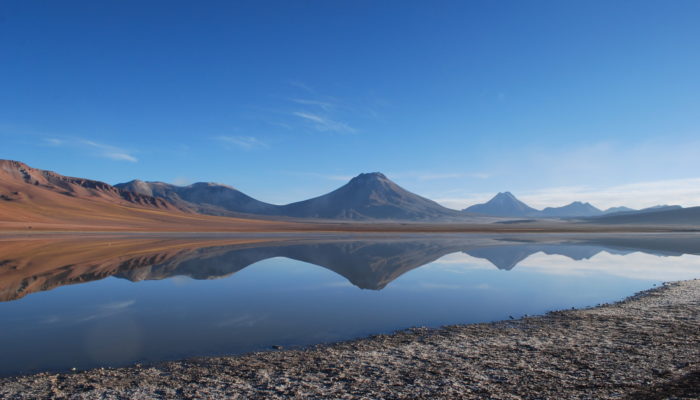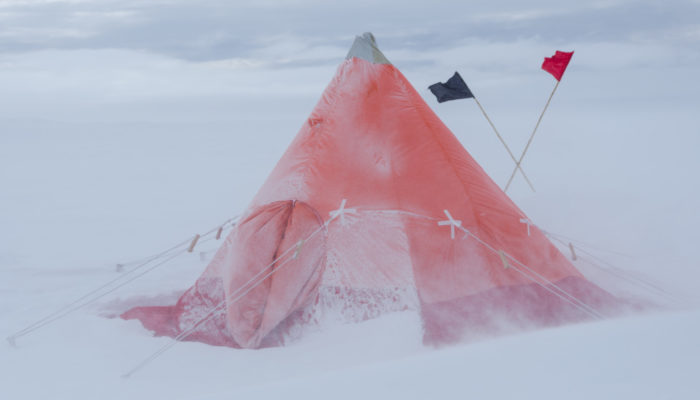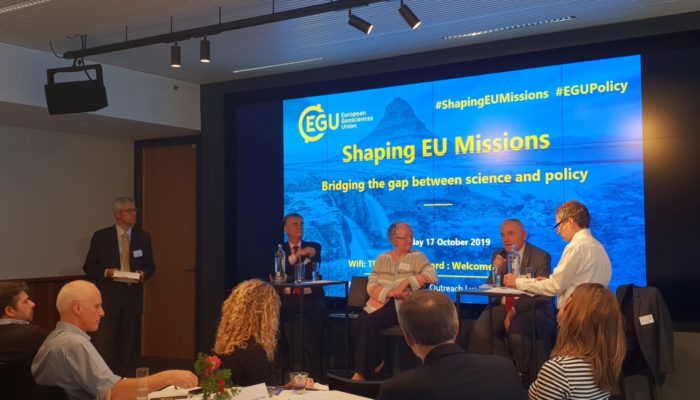The European Geosciences Union (EGU) just announced the launch of EGUsphere, a new online platform designed to promote global networking and open discussion within the Earth, planetary and space science community. EGUsphere will serve as a central repository for all contributions, presentations and manuscripts presented to EGU. In particular, EGUsphere will host abstracts and presentations from th ...[Read More]
Imaggeo on Mondays: The mirror of the volcano

Lascar volcano is located in the Antofagasta Region of Chile. This stratovolcano (a conical volcano built up over time through successive eruptions of lava, tephra and ash) of the Central Volcanic Zone of the Andes is the most active volcano of the region, with a height of 5.592 m (18,34 ft). The last phase of eruptive activity before this photo was taken was on October 30, 2015, which produced an ...[Read More]
GeoPolicy: Interview with the former President of the European Research Council – Jean-Pierre Bourguignon
I recently had the honour of interviewing Professor Jean-Pierre Bourguignon, who completed his six-year term as the President of the European Research Council (ERC) at the end of 2019. As an award-winning mathematician, he has been a fellow of the Centre National de la Recherche Scientifique for most of his career. Bourguignon held a Professor position at École Polytechnique (1986-2012) and served ...[Read More]
Imaggeo on Monday: Time-proven shelter in drifting snow

During my PhD I was working at the German Neumayer III station in Antarctica for my research on polar atmospheric chemistry. Since my instrument was set up on an observatory south of the main station, every day I would walk past a Scott pyramid tent to go and do my research. One day, in the midst of an Antarctic storm, I caught sight of the tent deep in the drifting snow, and took this picture. Th ...[Read More]


